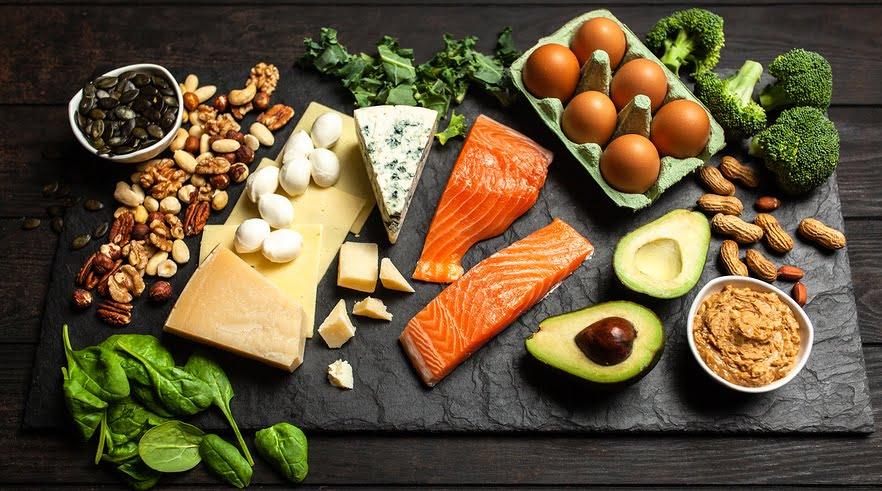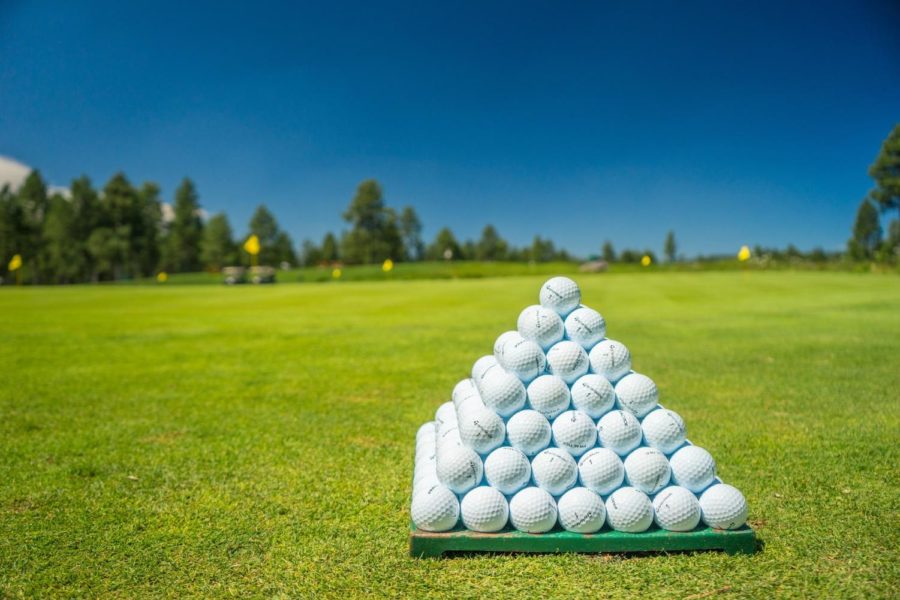“The warm-up is very important; no one likes to do it. We want to play. But it is crucial as it will help your game today, keep you on the court longer, and help in the long term as well,”
spells out Steve Taylor. As a PPR-certified coach, gold medal recipient at the North Carolina Senior Games, and a silver medal winner at the USA Pickleball Diamond Mid-Atlantic Regional Championships, Taylor knows a thing or two about warming up.
A typical warm-up for the recreational PB player is to half-heartedly dink and dink and dink. Dinking is an acceptable way to start a warm-up, but inadequate. After all, most players intend to play for two hours or more in a session. Add variety and purpose to your Pickle Ball warm-up to give your body time to prepare to play the best game possible. Some players skip the warm-up entirely, but Taylor points out that professionals always warm up, and so should you. “It is essential for the older recreational players because they are not as toned. If you sustain an injury, recovery time will be longer.” Studies published in the Journal of Sports Science and Medicine found that warm-ups markedly reduce the probability of injury
and that warm-ups that include exercises similar to the sports activity to be undertaken have even more potential to decrease the likelihood of injury.
You should always do dynamic warm-ups and stretching either at home or courtside. Gerard Desmond, DPT, a board-certified clinical specialist in orthopedic and sports physical therapy, concurs, “Pre-game stretches and warm-ups are crucial. It is recommended that individuals warm up 5 to 10 minutes before playing.”
Taylor agrees and suggests establishing a routine that includes light jogging, shuffling side to side, arm circles and swings, lunges, and squats. Include stretches for the Achilles tendon,
arches, and calves. Circle your hands to warm up your wrists, pull back on the leg to stretch the quads, and bend and touch your toes to stretch your hamstrings.
Jesse Simon, IPTA-certified Pickleball instructor and head pro at the House of Pickleball in Leland, N.C., contends, “A proper warmup routine warms up your legs and gives you a feel of all your strokes. I like to start with groundstrokes from the baseline to warm up my legs and footwork, hitting both backhands and forehands.”
Taylor starts the on-court warm-up with dinking, first doing straight dinking over the net and then moving to cross-court dinks. Your practice should include left and right sides at the No Volley Zone (NVZ). Too many players perform perfunctory dinks of little value, but Taylor stresses that you should “dink with a purpose!” Do not hit the ball directly at the other player, but direct the ball to the left and right of their feet so that your opponent has to move. Pay attention and hit the ball correctly, contacting the ball in front of your body with the paddle face open and gently lifting or pushing the ball over the net. You should strive for a soft, controlled shot using the shoulder with no wrist movement and minimal backswing. The ball should land in the No Volley or Kitchen Zone. Incorporating movement and fast response into the drill increases the heart rate, letting your body know it is time to play!
Taylor follows the dinking drills with volley practice at the NVZ or kitchen line and then continues to warm up by performing drop shots, ground strokes, serves, and a few overhead
shots. He suggests a good on-court warm-up should last about 5-10 minutes. Simon adds that you should keep the ball in front of your body with minimal backswings during the volley exercises, strive to achieve deep serves and returns, keep your head down through the shot, and transfer your weight into the shot. “Next are baseline shots while my partner is at the
NVZ working on roll volleys, keeping me back, and I am working on drops and drives. Finally, if you have time, you should play a couple of skinny singles points so you are eased into
gameplay and decision-making.” While warming up, concentrate on proper form or technique, as incorrect execution can increase the risk of injury.
Students complain that they do not have time to drill and practice shots. In answer to this, Taylor advocates that you practice drills during warm-ups. Play the kitchen game using standard rules, but keep the ball inside the DMZ lines. If time is short, play to 5 instead of 11 points. Play a game of fast hands and practice drop shots by starting at the kitchen line with your partner. One player feeds the ball to the other, who will execute a drop shot. After every shot, the shooting player takes a step back until reaching the baseline and then moves forward until back at the kitchen line. Switch roles so both players can practice.
Don’t cave into peer pressure to play right away. Establish a solid, dedicated routine and identify a warm-up partner so that you can execute your drills and warm-up efficiently when you step on the court. Extending your warm-up to 15 minutes to practice drills can result in an hour of extra training practice if you play four times a week. In warming up for your next game, don’t just dink! Practice your skills to improve your play and prevent the likelihood of injury.





















